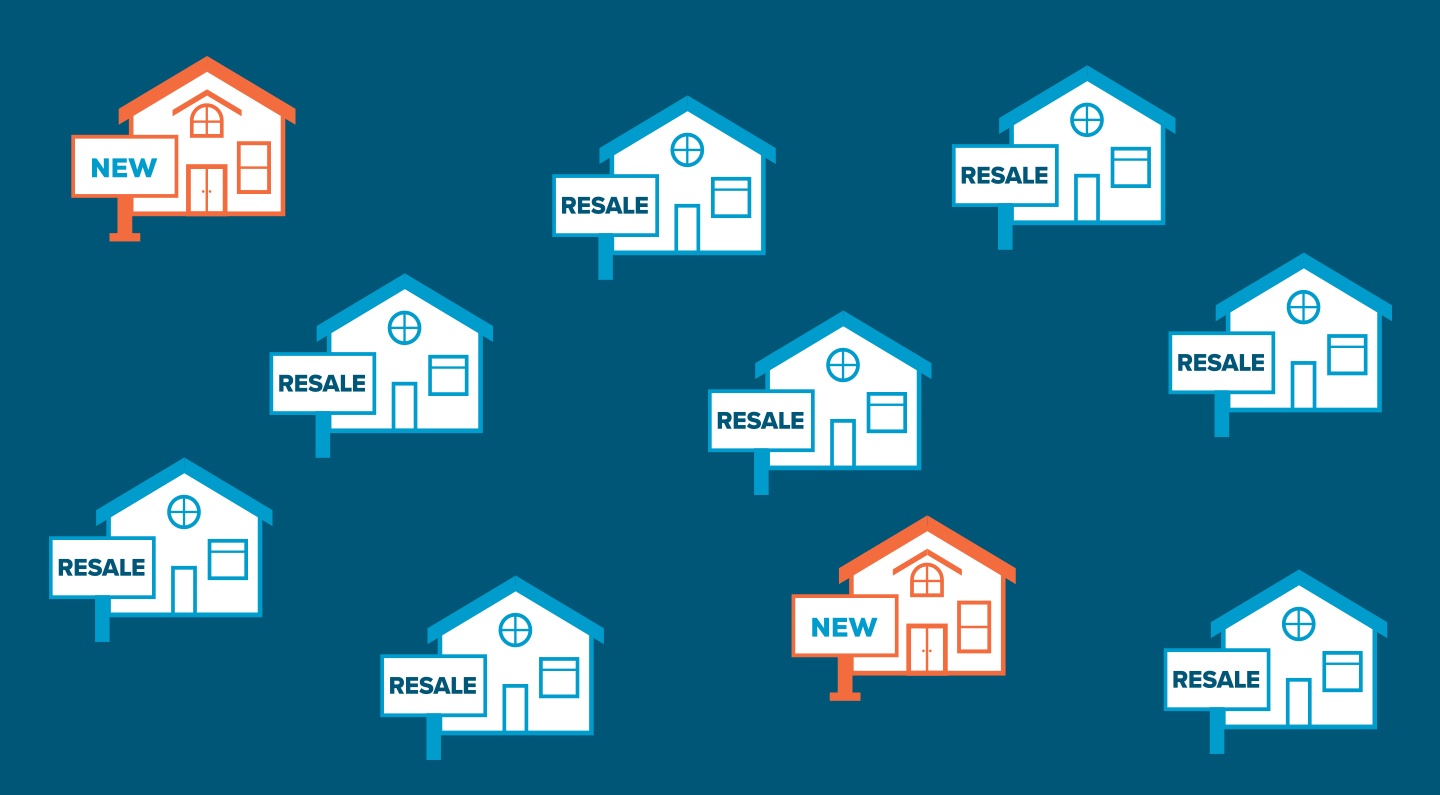Will Google’s Topics Replace Third-Party Cookies?
Google’s FLoC is out. Topics is in (for now).
When last we wrote about Google’s plan to replace third-party cookies with something less invasive, FloC was all the rage.
FLoC stands for Federated Learning of Cohorts.
With FLoC, as you visit websites, your browser compiles a list of what it thinks are your interests, and machine learning assigns you a cohort—an interest group.
In this cohort, you are anonymous, and ads are delivered based on the cohort’s interests.
Every week, your cohort would be evaluated and compared to your current interests to make sure you’re getting the most personalized ads possible.
Many, including the Electronic Frontier Foundation (EFF), had issues with FLoC, saying it risked your privacy instead of protecting it.
And so, FLoC is out. The new possible replacement for third-party cookies when Google ditches them in 2023 is: Topics.
What is Google Topics?
Topics works a little similarly to FLoC but intends to provide more control to the user. With Topics, your browser picks “a handful” of topics based on your activity that it keeps for three weeks. Topics then chooses three of your topics (one from each of the past three weeks to give a little depth, hopefully, in your interests) and shares them with participating sites and their ad servers.
Topics hopes to serve you meaningful ads related to topics you are currently interested in. And Topics only saves your topics for three weeks. Old topics and data are purged from your browser after that time.
Since the topics reside with your browser, you will actually be able to review them and remove any you don’t want or “disable the feature completely.” They also will only be shared with the site you are interacting with and not across the web as many third-party cookies have been.
By giving you more transparency and control of the information shared with websites and ad companies, Google hopes to encourage you to share in exchange for a more personalized experience.
So, that’s Google Topics in a nutshell. But some questions arise from Google’s announcement.
We have questions about Topics
Google says the list of topics that Topics uses are “thoughtfully curated to exclude sensitive categories, such as gender and race.” That sounds good in theory, but how much will this limit the granularity of ad targeting? Will we get to know in advance which topics won’t be allowed? How will this interface with Google Ads?
Google also slipped a nugget in there that really raises our metaphorical eyebrows: “disable the feature completely”. Does that mean users can opt-in to a total ban on any sort of web tracking? Or will that just relate to Topics? Does Google have something else to continue to offer semi-curated ad content? Or will ads be completely random if you turn the feature off?
Those are some big questions from our marketing side. From our consumer side, we wonder how well Topics will prevent browser fingerprinting. Browser fingerprinting, just as a refresher, is where information shared with websites and ad partners is compiled by unscrupulous companies to create a nearly complete picture of your identity. They normally exploit this for a variety of nefarious purposes. Well, to be honest, our marketing side wonders this too, as browser fingerprinting definitely hurts consumers, but also often casts a shadow over all above-board marketing efforts.
The biggest question is: Will Topics be Google’s chosen replacement for third-party cookies? Or, will there be something else once developers, marketers, and privacy proponents are able to explore and express their thoughts and concerns? We’ll have to wait and see.
Final Thought
Google Topics is an interesting step in the delicate dance of protecting privacy while delivering personalized ads. Right now, it seems the most prominent possibility in Google’s Privacy Sandbox, but nothing is final until it’s final. Google still has most of a year to refine Topics, come up with something new, or push back its deadline for ceasing third-party cookies once again. Until then, as we mentioned in that other blog post linked above, make first-party, opt-in data collection your priority. Build trust with your users now while you ethically and gently make use of their information to increase personalization. You won’t be left out in the cold when Google finally decides what its next dance step will be.









